Imagine: you’re all set to book that dream trip. You plug in your dates, hit search… and boom, sky-high prices. You close the tab, thinking, “Maybe they’ll drop later.” But when you check again a few days later? They’ve gone up.
Sound familiar?
Booking flights can feel like a total guessing game. But what if it’s not random? What if airlines actually follow a pattern, a kind of schedule, for when prices go up or down?
Turns out, they do. And once you know how it works, you can save a ton.
That’s what this guide is all about: the Hidden Airline Calendar that shows you exactly when to book for the best deal.
Contents
How Flight Prices Really Work

Let’s clear up a big myth right away: airlines don’t just raise prices because seats are selling fast. It’s way more complicated than that.
As I’ve discussed here, most airlines use something called dynamic pricing. It’s basically a super-smart algorithm that looks at tons of data in real time, like how many people are searching for a flight, what competitors are charging, how many seats are left, and even the time of day.
So if lots of people suddenly search for “flights to Hawaii in July,” the system picks up on the spike in interest. Prices go up, not because seats are gone, but because the algorithm expects demand to rise. That’s why a flight you saw for $450 last week might be $600 today, even if the plane is still half-empty.
What Are Fare Buckets?
Here’s another behind-the-scenes trick: when you book an economy seat, you’re not just picking from one flat price. The cabin is actually divided into different pricing levels, called “fare buckets” or “fare classes.” You might see them as random letters like Y, M, K, L, or Q.
The cheapest ones (like Q or V class) are limited, and once they sell out, the system automatically bumps you to the next higher price. That’s why it sometimes feels like the price jumps for no reason. It’s just the lower-priced “buckets” selling out.
And those “Only 2 seats left at this price!” alerts? They’re often true… but only for that specific fare class. There are usually more seats left on the plane, just at a slightly higher cost.
Budget vs. Full-Service Airlines: Don’t Fall for the “Cheap” Ticket
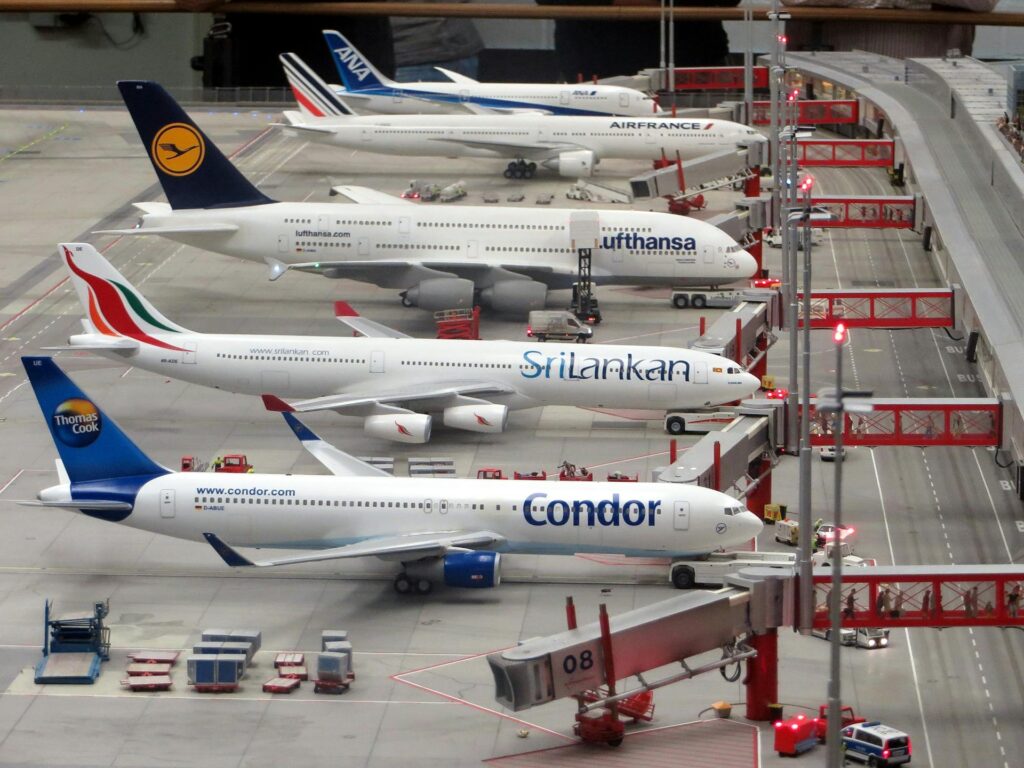
Lastly, the type of airline you’re flying matters a lot.
Big airlines like Delta or United usually include extras like seat selection and a checked bag in their prices. Budget airlines, like Spirit or Frontier, offer super low base fares, but then charge for just about everything else.
The tricky part is that many full-service airlines now offer “Basic Economy” fares to compete with the budget carriers—but with way more restrictions.
So a $120 budget ticket might seem like a great deal… until you add $40 for a carry-on and $25 for a seat. Suddenly, it’s more expensive than a $180 fare on a legacy airline that includes those things.
Bottom line: always check the total cost after add-ons before you book.
Also read: Skyscanner Is Outdated: These 6 Hidden Sites Find Cheaper Flights Every Single Time
Cracking the Hidden Airline Calendar: When to Book for the Best Deals
So… when’s the best time to hit “book” on those flights?
It’s not about a certain day of the week anymore. The real trick is booking within the right window of time, and that’s the heart of the Hidden Airline Calendar.
The “Goldilocks Window” — Not Too Early, Not Too Late

Booking too early? Not always smart. When airlines first release flights (usually around 11 months ahead), prices tend to be high because they’re playing it safe.
Wait until the last minute? Even worse. Within 2–3 weeks of departure, prices often spike because the system knows last-minute travelers are less picky about price.
The sweet spot is in the middle, what we call the Goldilocks Window: just right.
For U.S. domestic flights: Aim to book 1 to 3 months in advance. One massive study found the best deals often show up around 54 days before departure.
For international trips: Give yourself more lead time. The best window is usually 2 to 8 months out. For busy spots like Europe or Asia, 3 to 6 months ahead is ideal for balancing price and options.
Don’t Worry About When You Book, Worry About When You Fly
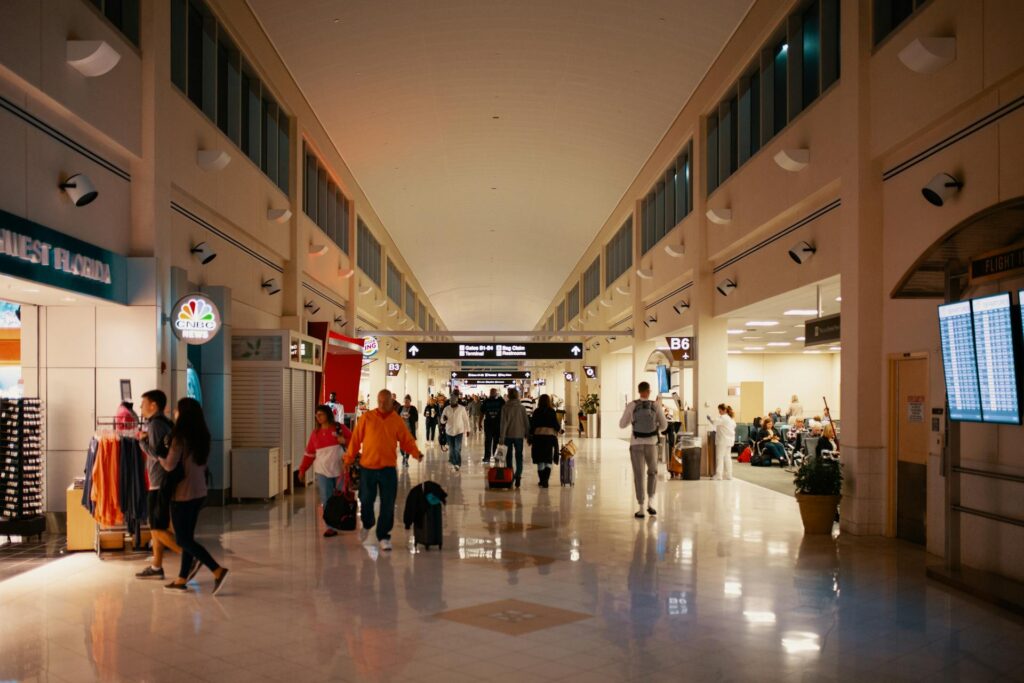
You’ve probably heard, “Book your flight on a Tuesday!” That used to be good advice, back when airlines updated prices once a week.
Now prices change all the time. Algorithms are constantly adjusting based on demand, competition, and search trends. Instead, focus on when you fly.
Fridays and Sundays are the most expensive days to travel. Lots of people are flying for weekends and work trips.
Tuesdays, Wednesdays, and Saturdays are usually the cheapest. Lower demand means lower prices.
Just shifting your trip by a day or two can make a big difference in what you pay.
Hacking Holiday Travel Prices
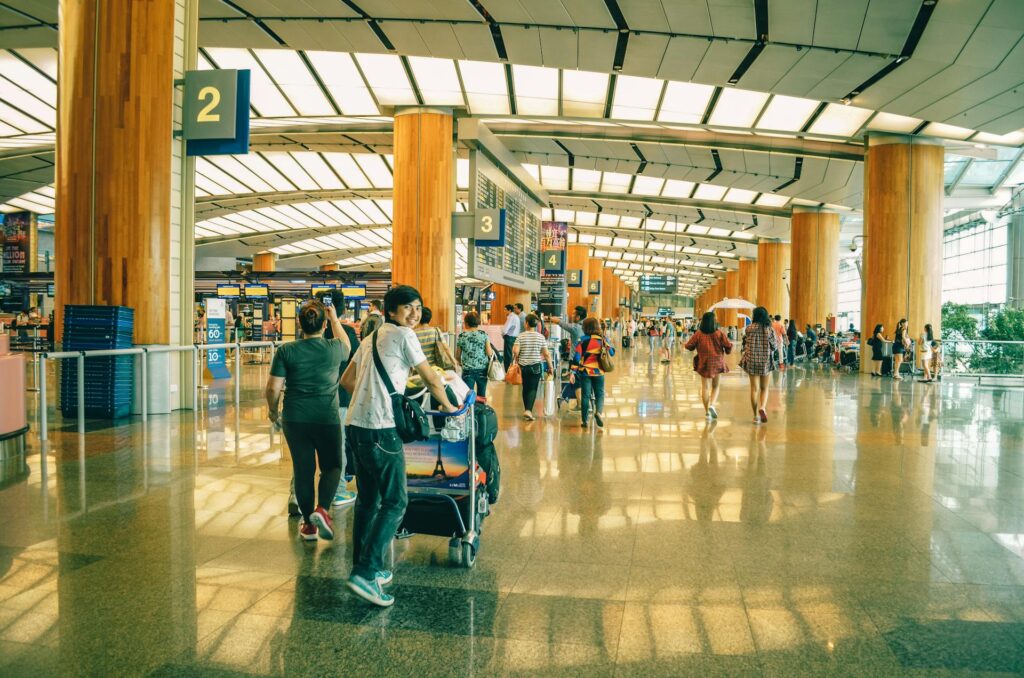
Holiday travel is a whole different game. Prices go up fast, deals are rare, and waiting too long can cost you a lot. The usual rules don’t quite apply here, so the Hidden Airline Calendar has a special version just for the holidays.
Read: 10 Biggest Money Mistakes Travelers Make While Travelling (And How to Fix Them Fast)
The Fast-Track Holiday Booking Timeline
For busy seasons like Thanksgiving and Christmas, you need to book earlier than usual. That normal “1 to 3 months in advance” rule won’t cut it here.
Thanksgiving Flights
Start watching prices in August and try to book by late October. The best fares usually pop up 35 to 50 days before the holiday.
Christmas Flights
Don’t wait past Halloween. Aim to book between 32 and 70 days out, with prices often hitting their lowest around 7 weeks before Christmas.
The #1 Holiday Travel Hack: Fly When No One Else Will
Want to save big? Fly on the actual holiday.
It sounds inconvenient, but flights on Thanksgiving Day, Christmas Eve, or Christmas Day are often 15% to 30% cheaper because most people avoid them.
If that doesn’t work for your schedule, try the “shoulder day” trick:
Avoid major crunch times like the Wednesday before Thanksgiving and the Sunday after.
Instead, fly out on Monday or Tuesday before the holiday, and come back after the weekend rush, like on the following Tuesday.
A little flexibility can make a huge difference in price.
Let Tech Do the Work: How to Know When Prices Will Drop
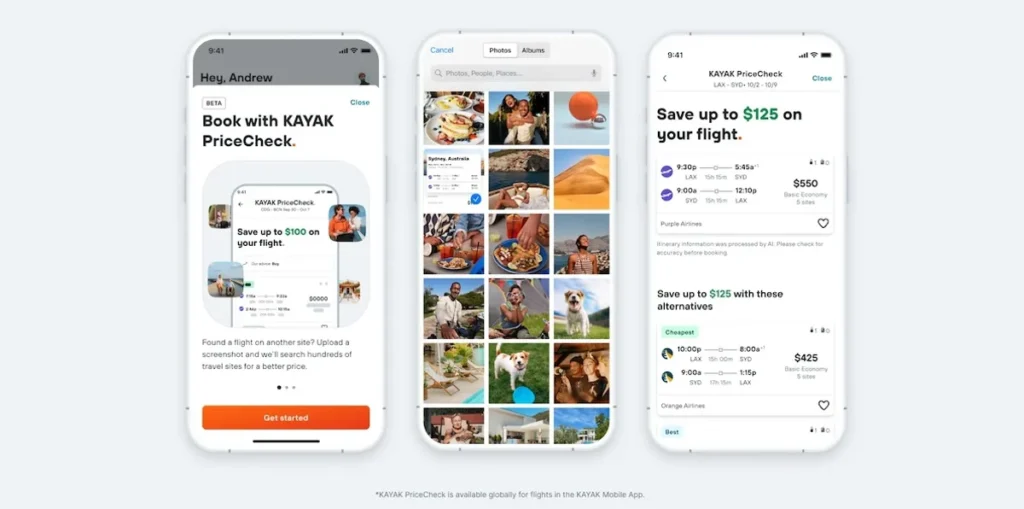
Good news, you don’t have to sit around refreshing flight pages every day. There are some great tools out there that can do the heavy lifting for you, tracking price changes and telling you the best time to book.
Google Flights: Your Go-To Travel Watchdog
If you only use one tool, make it Google Flights. It’s super easy and powerful.
Just enter your route and turn on “Track prices.”
You can track specific travel dates, or choose “Any dates” if you’re flexible.
One of the best features? The price history graph, which shows how fares have changed over time. It helps you spot whether a deal is actually good—or just looks good.
Hopper: The Smart Predictor
Hopper is great if you want clear advice. It uses loads of historical data to predict future flight prices and claims to be about 95% accurate.
The app will simply tell you: “Buy now” or “Wait.”
It also has a Price Freeze option, so you can lock in a fare for a small deposit while you finalize your plans—great for when you’re not 100% ready to commit.
Kayak: The Cross-Checker
Kayak is like a flight search engine that checks hundreds of other sites at once. It also has:
- Price alerts so you’ll know when fares drop
- A price forecast tool that tells you whether you should book now or wait
It’s perfect for getting a second opinion, especially if you want to compare what Hopper and Google Flights are telling you.
Pro-Level Travel Hacks
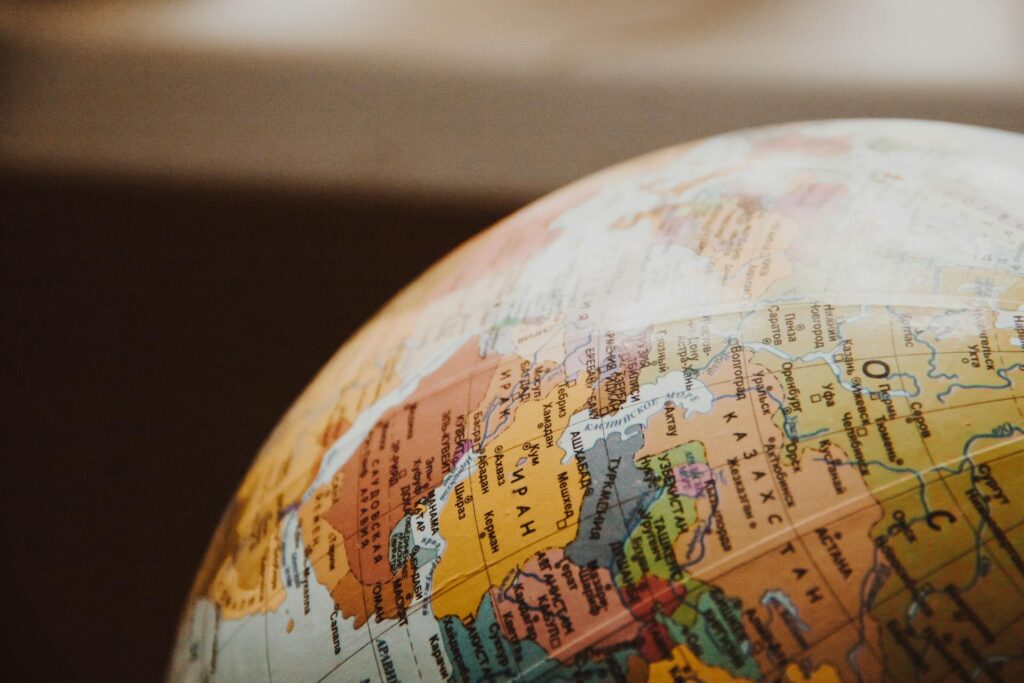
Want to seriously level up your travel savings? Once you’ve mastered the Hidden Airline Calendar, these next-level tricks, used by frequent flyers, can help you save even more.
Hack #1: Change Your Location with a VPN
Here’s something most people don’t know: flight prices can change depending on where you’re searching from. It’s called regional pricing, and airlines use it all the time.
For example, a flight from New York to Paris might be cheaper if the airline thinks you’re booking from France instead of the U.S.
To test this out:
- Use a VPN to change your digital location (try setting it to the destination country or a lower-income country).
- Clear your cookies so the site doesn’t recognize you.
- Then search again. You might be surprised by the price difference.
It doesn’t always work, but when it does, it can save you a decent chunk of cash.
Also See: Don’t Let Jet Lag Ruin Your Trips – Here’s the Jet Lag Fix Frequent Fliers Use (and How You Can Too)
Hack #2: Travel for (Almost) Free with Points and Miles
If you really want to unlock elite-level travel savings, get into points and miles.
By using travel rewards credit cards, you can earn points on everyday spending and then redeem them for flights. This strategy, called travel hacking, can let you fly for just the cost of taxes and fees.
People have booked:
- Family trips to Greece worth over $30,000 for just a couple thousand bucks.
- Roundtrip tickets to South America for under $100.
It takes some research, but once you learn the basics, it’s hands down one of the best ways to travel more for less.
Your Step-by-Step Plan for Cheaper Flights
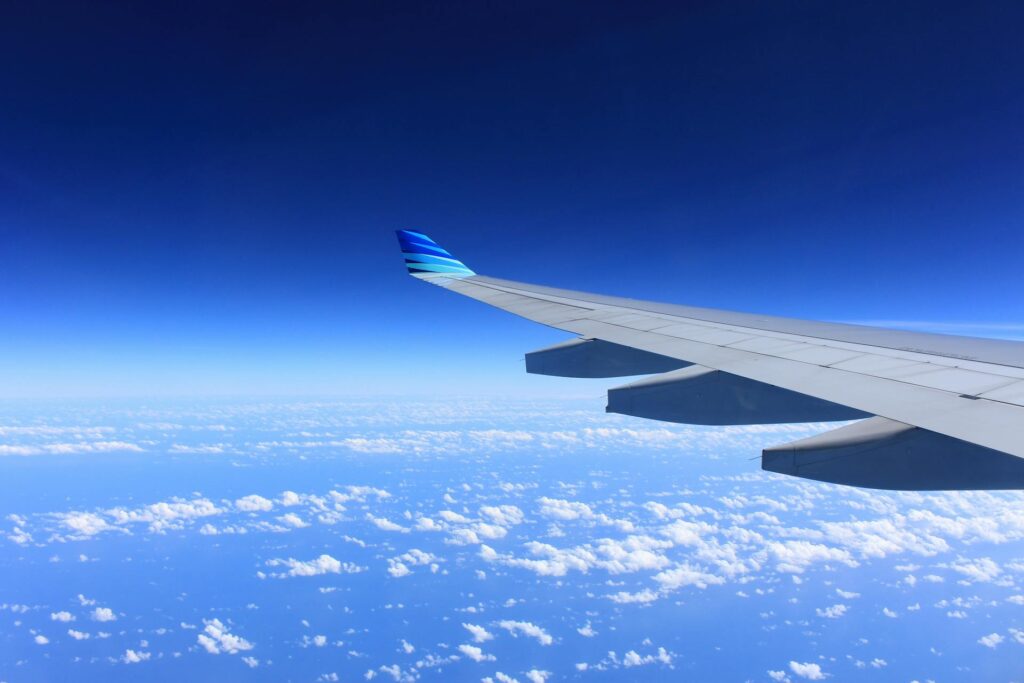
Feeling a little overwhelmed? Don’t worry, booking smart doesn’t have to be complicated. Here’s a simple game plan to help you save money on your next flight.
✅ Step 1: Know When to Book
First, figure out when you’re traveling.
- Is it a peak holiday?
- Or off-season?
Use that to choose your ideal booking window. (Hint: holidays = earlier, off-season = more flexibility.)
✅ Step 2: Set Up Price Alerts
Head to Google Flights and Hopper.
- Enter your route and turn on price tracking.
- If you’re flexible, choose the “Any dates” option for better deals.
✅ Step 3: Wait and Watch
Let the alerts run for a bit.
- Don’t rush into booking at the first small drop.
- Watch how prices move to get a feel for your route’s pricing pattern.
✅ Step 4: Book Smart
When you get an alert for a solid price drop—especially if it lines up with the trends we covered or Hopper says “Buy Now”—go for it.
- Before you hit purchase, do a quick check on the total cost (including bags, seats, etc.).
✅ Step 5: Stop Looking
Once you’ve booked, close the tabs and stop checking prices.
You made a smart, informed decision, and that’s what counts.
The Hidden Airline Calendar isn’t a myth. It’s a pattern, and now you know how to spot it. With the right tools and timing, you’re no longer guessing; you’re predicting!